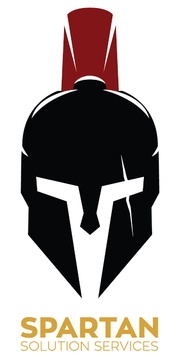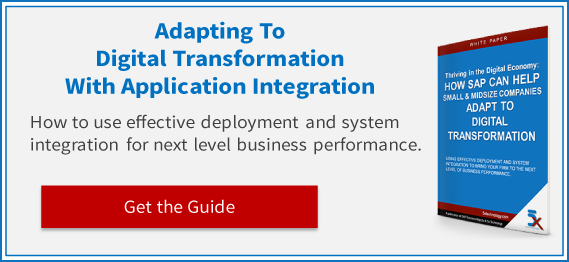The data warehousing and data mart design architecture of your company's information systems gathers the business intelligence that helps your decision makers deliver the best outcomes for your business model. You can't achieve a goal if you can't define it or can't determine what point your business is at on its success journey. When you have the right business intelligence solution, you know where you are, where the goal is, and how to get there.
Business intelligence is the technology that makes your business operations more productive and insightful; it processes data in real-time and on the scales of both medium and large corporations, to extract information from data rapidly (in real-time if possible), so that decision makers have the key performance indicators and metrics on one dashboard. In this case, "smarter" means finding the highest return on investment or maximizing some other relevant form of value.
One of the best definitions of business intelligence comes from CIO.com; calling it:
“…an umbrella term that covers the software applications used to analyze an organization's raw data.”
That is a very broad definition, so let's take a look at the structures under the big umbrella. What we find at the company level is the data warehouse and, at the functional level, data marts.
Architecting The Warehouse
Data warehousing is a concept developed by William H. Inmon, it describes the subject-oriented, integrated, time-dependent, and permanent collection of information needed for effective decision-making in a company, it is a data collection that stands apart from the operational systems that function at the business unit level. In short, a data warehouse is the accumulated information from all sources, checked, cleaned and integrated into a single database to give knowledge workers the correct and accurate information they need to carry out their tasks.
A business intelligence strategy acts as a roadmap to direct the data warehouse development. To execute the strategy the developers first establish the parameters for all of the information the users require, they then design an appropriate data warehouse to hold the data, and populate it with each source's information.
The information for the database comes from every available source. Depending on your companies processes and resources it might include ERP, CRM, Access, Excel or any other input source that contains relevant information. Once the data warehouse is in place, you distribute the information to all of your corporate users by integrating information management solutions, such as IBM Cognos or SAP BusinessObjects.
Staging Business Analysis & Process With Data Marts
If data warehouses hold the metaphorical big picture, data marts are like reference directories, full of useful information. Data marts are subsets that stage the data needs of a particular community of users, while adhering to the security requirements of the organization.
Data marts provide specific information resources for such functions as finance, sales, HR, and other parts of the business process. Staged data marts are sustainable environments for data, drawn from the data warehouse; they also provide a performance benefit because of the limited access to small blocks of data they give to users.
Data Management With Quality Assured By Uniserv
Accurate data is essential for business intelligence, so quality assurance is another vital component of data management, and no system is complete without it. The quality assurance built on Uniserv software solutions integrates seamlessly into every business process, it ensures that your data management system will provide the best service for your customers.
In the design of business intelligence architecture for medium-sized companies and global enterprises, the key feature of the system is the data warehouse with staged data marts that deliver business intelligence. The information that these knowledge engines pass to applications like SAP BusinessObjects, with assured quality by Uniserv, becomes the business intelligence on which you can confidently decide the future actions of your organization.
Related Articles:
[INFOGRAPHIC] Harnessing the Full Value of Business Data


